The Unparalleled Synergy Machine

There’s no question that the road to the rethinking of Disney’s parks began under the leadership of Michael Eisner, who joined Disney in 1984. Already a Hollywood heavyweight at the time, Eisner brought a stunning simple mantra to Disney: diversify. Sure, it was Eisner who forged partnerships with George Lucas, drawing Star Wars and Indiana Jones into the theme parks, re-establishing the dusty endeavor as one powered by the stories that mattered to modern audiences – an essential ingredient of the Disney+ Parks mindset…
But in an even bigger-picture view, consider Eisner’s contribution to the “Content Wars” to come. It was Eisner who revived Disney’s fledgling Walt Disney Feature Animation studio by way of the Disney Renaissance – supercharging Disney’s portfolio of home-grown, wholly-owned intellectual property with a series of priceless new characters from The Little Mermaid to Beauty and the Beast; Aladdin to The Lion King; Pocahontas to Mulan.
Even more importantly, Eisner’s efforts expanded the company into live action films and – in a staggering $19 billion 1996 acquisition – brought ABC / Cap Cities (including ESPN) into the company, arming Disney with the makings of a modern multimedia endeavor through its own broadcast television subsidiaries. It was Eisner who (literally) turned the film-focused Walt Disney Productions into the international Walt Disney Company – the first steps toward the international multimedia entertainment company we know today.
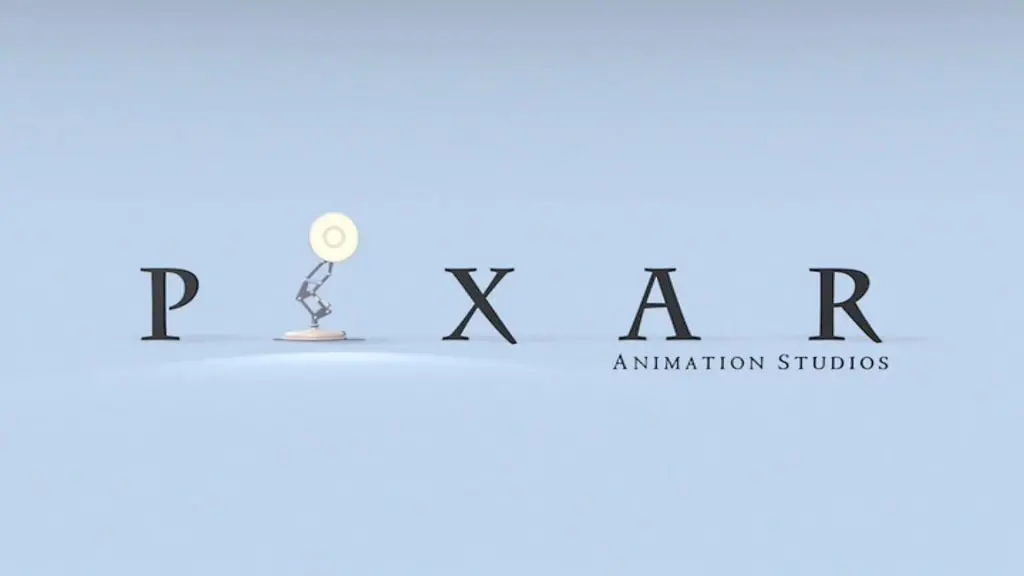
Of course, as Michael Eisner’s tenure with Disney was winding down in 2004, the diminishing CEO had officially made an enemy of Apple and Pixar founder Steve Jobs. As Disney’s animated fare of the early 2000s was resoundingly tanking at the box office, films by the upstart Pixar were shattering records. It was no surprise that Jobs had officially decided that Pixar’s distribution contract with Disney wouldn’t be renewed, and that after 2006’s Cars, Pixar would find a new studio to release its films.
When Bob Iger stepped into the CEO role, one of his first major efforts was to course correct the relationship between Disney and Pixar. His means for making it happen was unorthodox, but somehow, the young, fresh CEO convinced both Steve Jobs and the Board that Disney should purchase Pixar outright for a staggering $7.4 billion – a colossal sum even today, but especially before the “Content Wars” had kicked into high gear.
In what would become a recurring component of Disney’s large scale acquisitions, it’s really no surprise that Iger followed up the Pixar purchase with an all-call: to leverage the potential legacy-leaving assets absorbed in the transition across Disney’s divisions, including the parks. And overnight, the Disney·Pixarland era began, pulsing Pixar’s modern character portfolio into Disney’s theme parks.
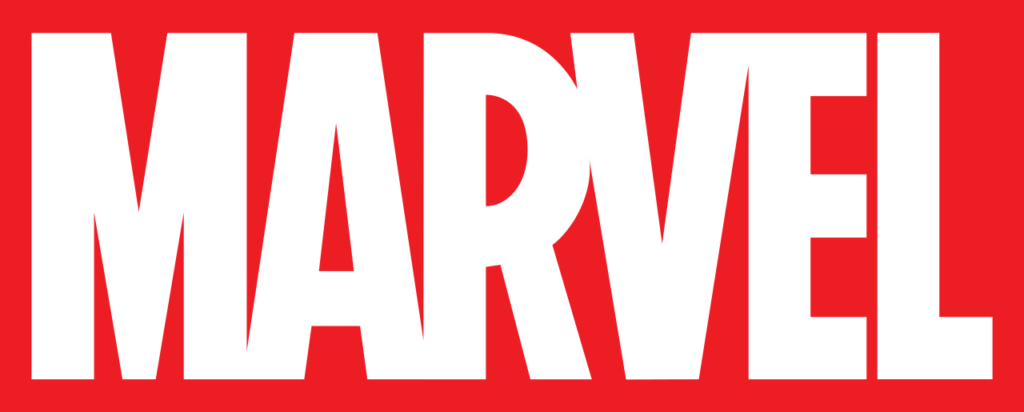
Iger’s next nearly-prophetic purchase was Marvel – for a staggering $4 billion. It was a gamble. After all, you have to remember that when the transaction happened in 2009, Marvel was operating on a severe shortage of usable characters in the two media that mattered most to Disney. In film, a down-on-its-luck Marvel had rented off most of its iconic characters (The Hulk, the X-Men, and the golden boy – Spider-Man) to competing movie studios in the ’90s. Similarly, Disney’s biggest competitor – Universal – had an ironclad exclusivity agreement limiting Central Florida use of most Marvel heroes to its Islands of Adventure theme park.
It’s likely that Iger’s hunger for Marvel came from its rich merchandising (which, more than likely, looked like a much-needed “boy” counterbalance to the Disney Princesses’ “girl” market domination). But as luck would have it, 2008’s Iron Man – the first film produced by an in-house Marvel Studios and distributed by Paramount – was the start of something even the prophetic Iger couldn’t have seen coming.
The so-called “Marvel Cinematic Universe” would spend the 2010s building into the dominant pop culture brand on Earth, turning once D-List comic book heroes like Iron Man, Thor, Black Widow, Captain America, Dr. Strange, Scarlet Witch, Vision, Black Panther, Captain Marvel and the Guardians of the Galaxy into globally-recognized figures.

Then, of course, there’s the $4 billion 2012 purchase of Lucasfilm. To be sure, George Lucas’ production company has had a long-standing relationship with Disney. Its two flagship properties – Star Wars and Indiana Jones – had been incorporated into Disney’s theme parks since the ’80s, via Eisner’s push for modernity and restored pop culture relevance.
But Disney owning Lucasfilm gave the Mouse House control of the rarest and most precious of all #content: two timeless, beloved, intergenerational brands that had been otherwise relatively dormant. Though Disney’s buy-out did not include full access to Lucas’ original trilogy (distribution rights to A New Hope, Return of the Jedi, and Revenge of the Sith belonged to 20th Century Fox), the purchase was massive… as were the implications that under Disney, we should expect new Star Wars stories.
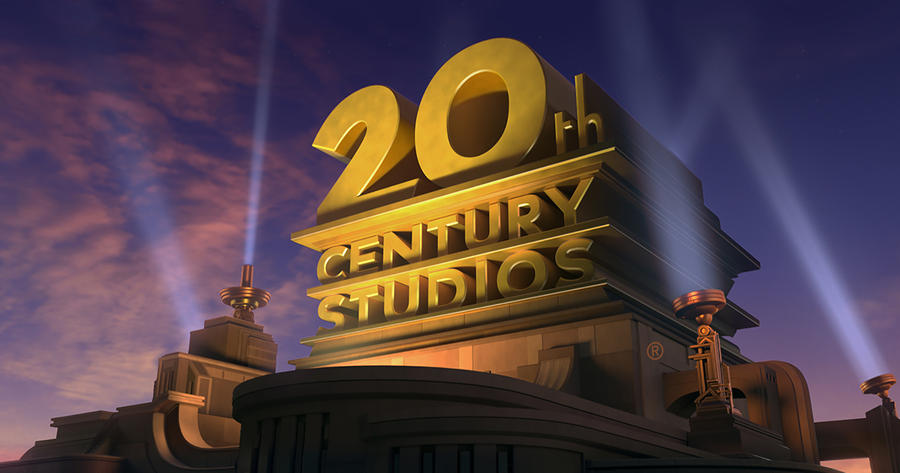
Certainly, Iger’s legacy could’ve been cemented by any one of his three big acquisitions. But just before the CEO’s planned 2021 retirement, he added another: 20th Century Fox. For one of Hollywood’s “Big Six” studios to swallow another is a jaw-dropping proposition in its own right, and Disney’s offer – $51.2 billion – was a figure to match. Unfortunately, their move caught the attention of Comcast (Universal’s owner) who saw their bet and counter-offered for $60 billion, all cash.
For better or worse, Iger couldn’t back down. Disney acquired most of 20th Century Fox for a final offer of $71.3 billion – an amount that added tremendous debt to the company just before COVID-19 struck. For more money than it took to buy ABC, ESPN, The Muppets, Pixar, Marvel, and Star Wars combined, Disney acquired an IP library containing a century of assets that – yep – are technically “Disney” now. (Few of 20th Century’s assets have been visibly integrated into the Disney engine, though, with Avatar, The Simpsons, National Geographic, and broadcast rights to the original Star Wars entries being the most evident.)
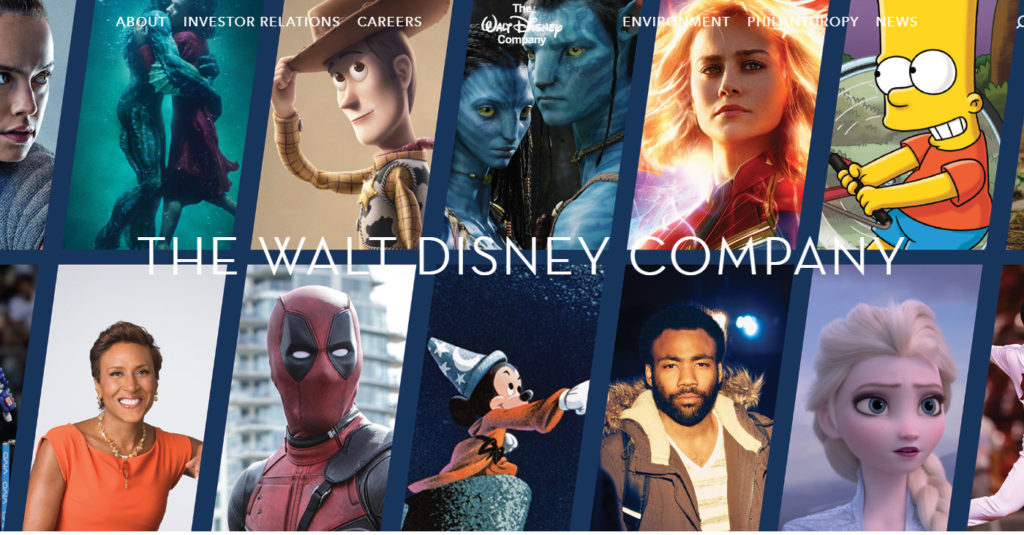
The end result, of course, is a landscape unthinkable twenty years ago, when Disney had only just stumbled onto the idea of recontextualizing its homemade Disney Princesses into a formal, licensable franchise. (Lest we forget, before Iger’s age of acquisition began, Disney’s most valuable IP outside of Mickey and Winnie the Pooh might’ve been Simba…. my, how things have changed.)
Today, via its in-house studios, acquisitions and subsidiaries, half of the top 10 highest-earning media franchises and 15 of the 20 highest-grossing films of all time fall into Disney’s domain. Contained therein are interconnected universes; expanded multimedia empires; jaw-dropping consumer product licensing deals; global dominance; and of course, the very special, intangible quality that precisely none of Disney’s entertainment competitors can seem to duplicate: devotion, loyalty, and absolute allegiance to the Disney Brand above any particular product contained therein.
In short: Walt created a studio; Eisner, a media company; Iger, a content empire.
And the results of that effort no doubt came to a head in the 2010s, when Iger’s major acquisitions began to coalesce as something truly extraordinary: as a shockingly powerful and practically predestined combination: Disney + Pixar + Marvel + Star Wars…
The Billionaires Club
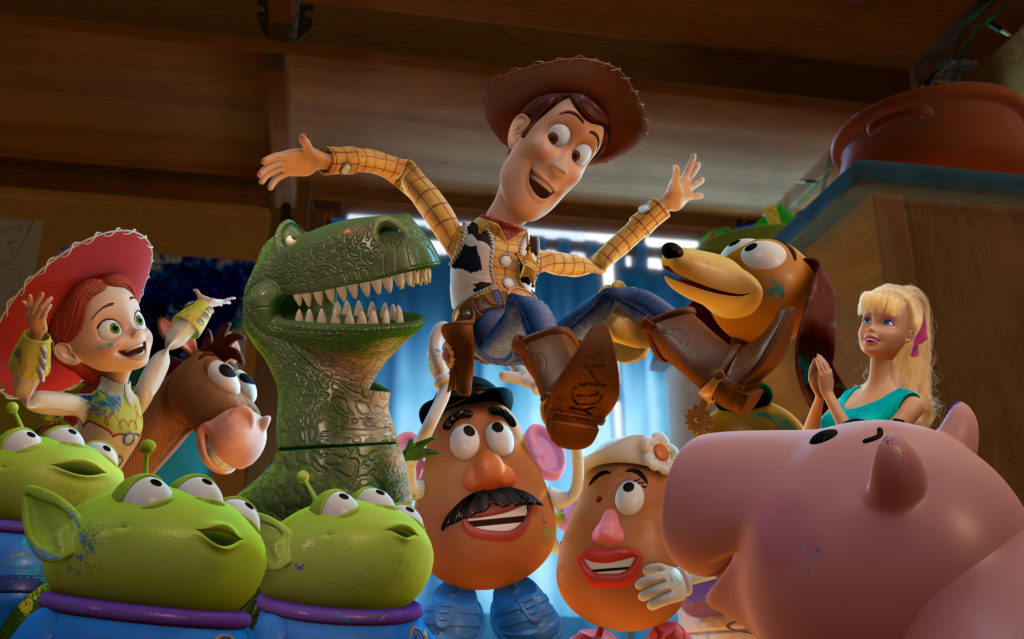
In 2010, Disney’s then-recently-acquired Pixar did the unthinkable when Toy Story 3 surpassed a billion dollars at the global box office. It would become a streak thanks to 2016’s Finding Dory, 2018’s Incredibles 2, and 2019’s Toy Story 4 all crossing the same once-unimaginable animation benchmark.
In 2013, Disney’s home-grown Walt Disney Animation Studios did the same with Frozen, earning $1.2 billion and cementing the so-called Disney Revival that would see 2016’s Zootopia and 2019’s Frozen II join the club, while launching multi-billion-dollar franchises around 2014’s Big Hero 6 and 2016’s Moana.
In live action, Disney crossed the billion dollar barrier with 2010’s Alice in Wonderland, 2011’s Pirates of the Caribbean: On Stranger Tides, and the nostalgic business of “live-action remakes” of its animated fare, including 2017’s Beauty and the Beast, plus Aladdin and The Lion King, released within weeks of each other in 2019.
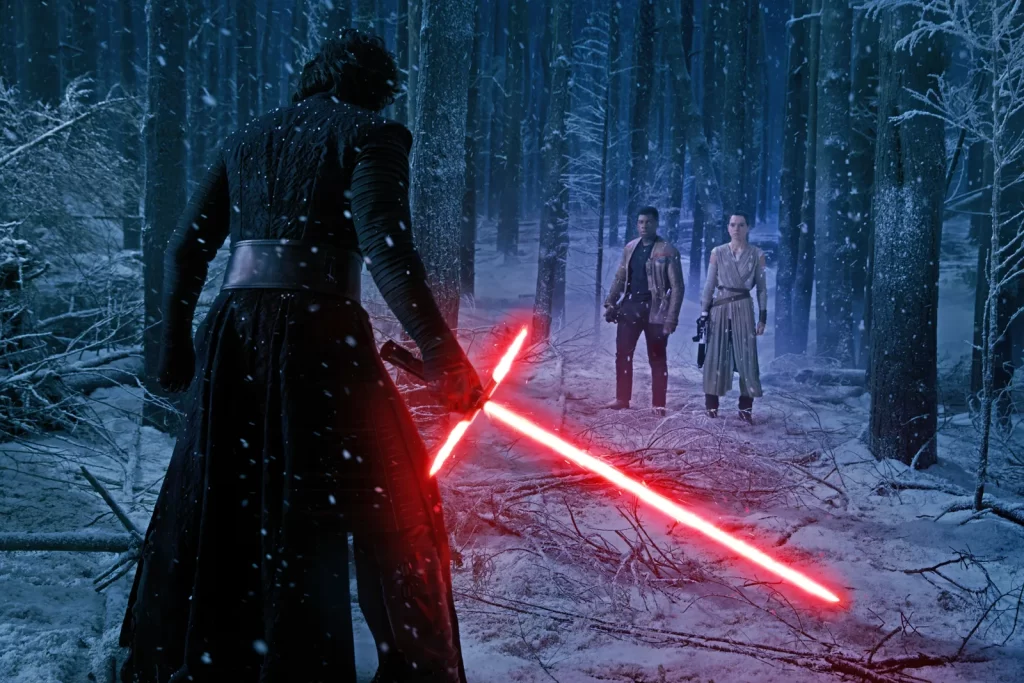
Say what you will about the J.J. Abrams-helmed “sequel trilogy” born of Disney’s acquisition of Star Wars… but its first entry – 2015’s Episode VII: The Force Awakens – blasted past $2 billion. Its more divisive follow-ups – 2017’s The Last Jedi and the critically-panned 2019 finale, The Rise of Skywalker – each surpassed a billion, too, to say nothing of the 2019 launch of The Mandalorian and its merchandising empire right alongside Galaxy’s Edge.
And of course, on the Marvel side of the street, it feels easier to list the films that didn’t cross a billion dollars than the ones that did. Across its first 33 films (from 2008’s Iron Man to 2023’s The Marvels), 11 reached the milestone. Altogether, Marvel Studios first 33 feature film productions earned $29.6 billion – an average of just under a billion dollars each. The heights, of course, were 2018’s Avengers: Infinity War ($2 billion) and its follow-up, Avengers: Endgame ($2.8 billion – for a moment, the highest grossing film of all time before a re-release of Avatar [now also owned by Disney] stole back the crown).
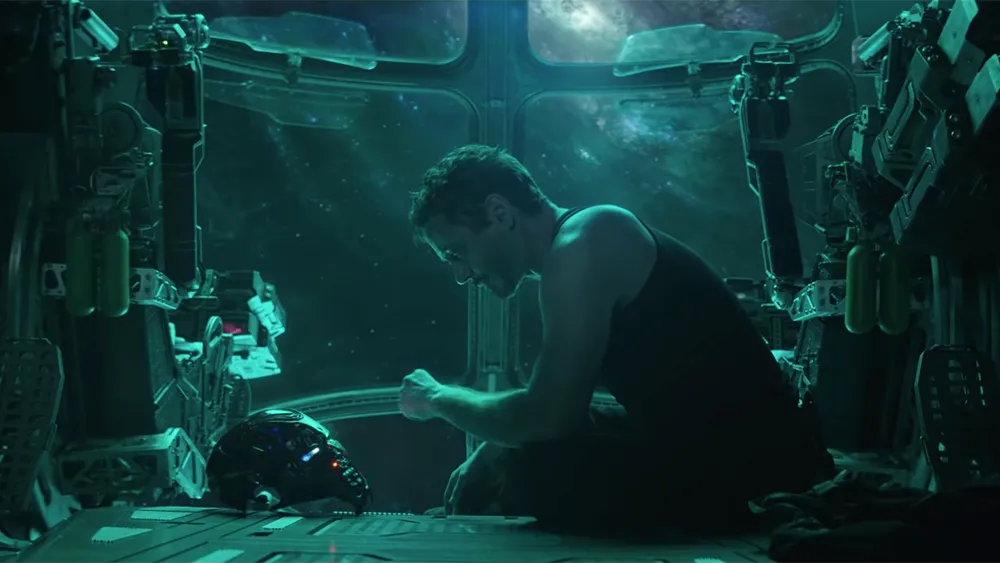
All that is to say that by the end of the 2010s, Disney was quite literally unstoppable. In 2019 alone, Disney had seven films cross a billion dollars at the box office: Star Wars: The Rise of Skywalker, Aladdin, Toy Story 4, Captain Marvel, Frozen II, The Lion King, and Avengers: Endgame. It’s difficult to overstate the position Disney was in; a platinum goose from whom “Disney + Pixar + Marvel + Star Wars” entries were produced like priceless eggs, each segment backed by an internal momentum that couldn’t be slowed.
That’s the “wealth of riches” that Chapek referred to at the opening of Galaxy’s Edge that summer. And we have to remember that the game has changed. Chapek is absolutely right – any other company, given Disney’s $100 billion in IP acquisitions – would use them! Disney oversees some of the most generation-defining IPs on Earth, and the company can, should, and will leverage its mind-blowing catalogue of characters, brands, and stories in its theme parks.
…Which brings us to the second perspective of what Disney Parks are for…


